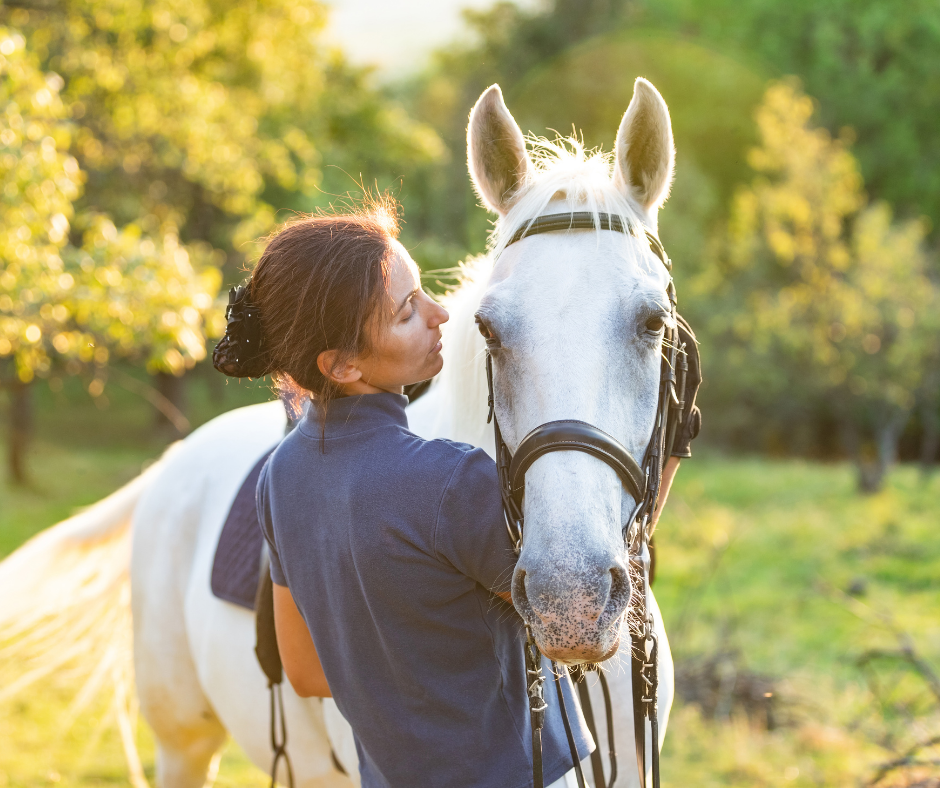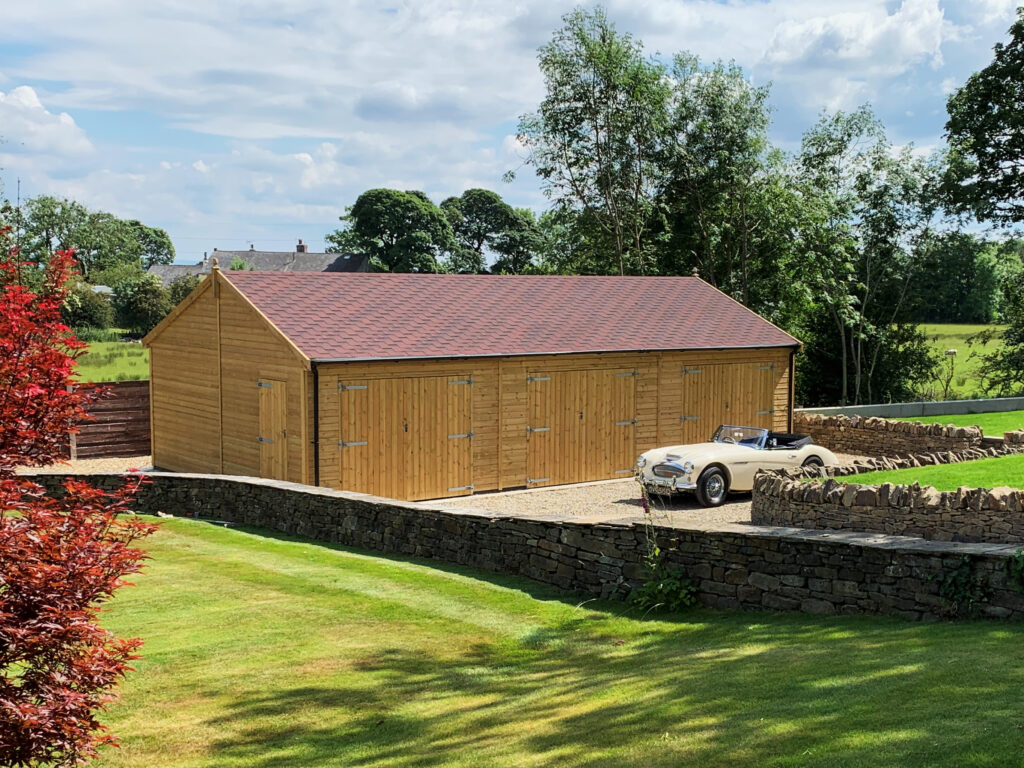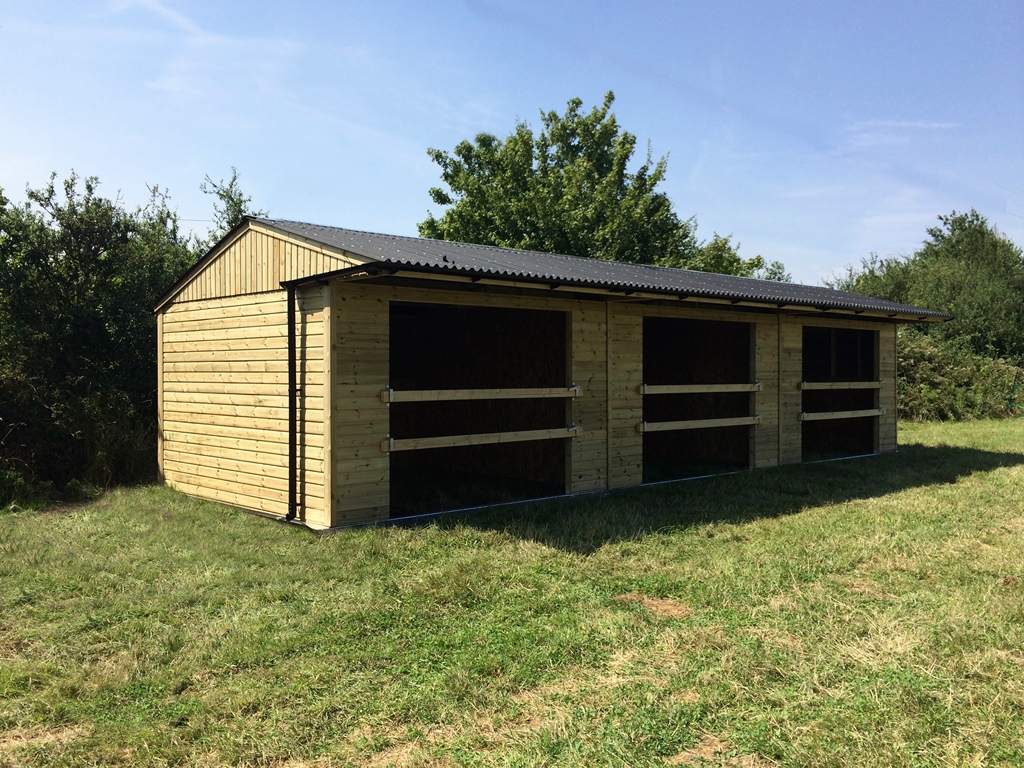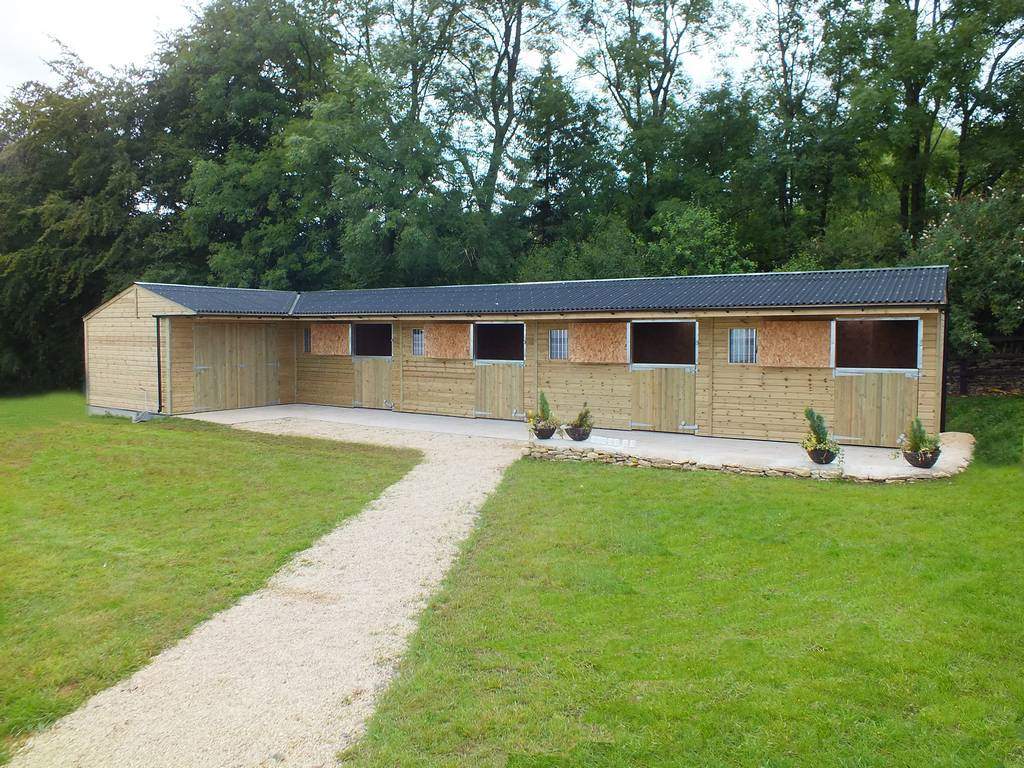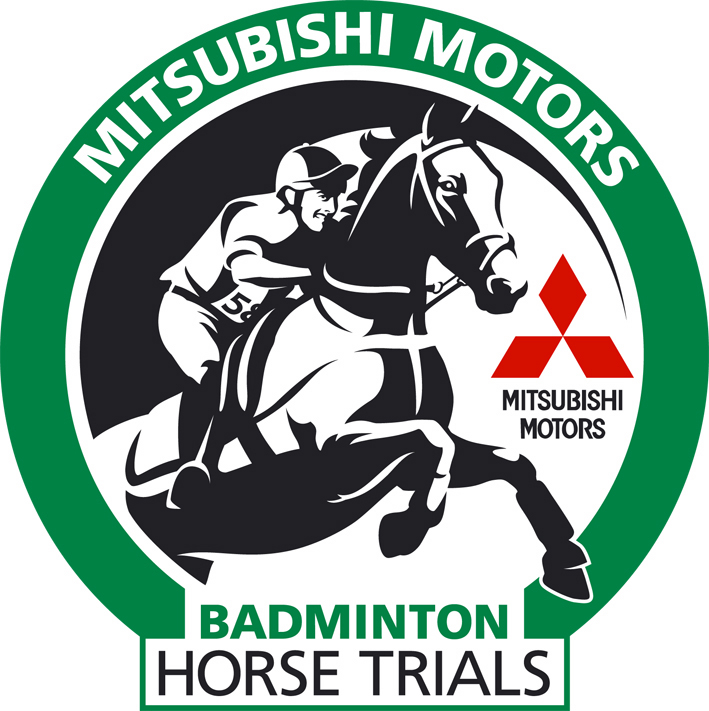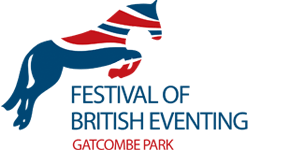If you are a horse owner, you may well know that your horses are likely to injure themselves at some point in their life, no matter how careful you are! Whether that be a small cut, bruise, scratch, or even more severe (hopefully not!) injuries and illnesses.
Being extra cautious and putting extra safety measures in your stables or the area your horses stay in can help avoid injuries. However, it’s best to be prepared to have everything you need in case of an accidental injury or emergency. Equine first aid kits come in handy here!
So, where to start?
An important tip from us is to keep mini first aid kits with minor injury essentials in different areas, including your stable, house, cars, saddlebags, trailers and outside shelters. A more extensive first aid kit with all the necessary supplies can be placed in one central area where your horse spends most of its time, likely your barn or stable.
What should you include in an equine first aid kit?
A mini first aid kit should include all the necessary supplies to ease your horse’s discomfort from a minor injury such as a scratch, bug bite, scrape or small cut.
– A pocketknife or a hook pick
– Bandages (at least 3) and non-stick dressings
– Antiseptic ointments or spray
– Gloves
– Scissors
– Clean towel
– Eyewash
– Hydrogen peroxide to clean wounds
– Torch to inspect wounds and thermometer
A larger primary kit should include all the mentioned above essentials and items that can treat more severe injuries. This includes medical and non-medical supplies as follows:
– Gloves and clean towels
– Cotton wool, gauze, crepe bandages, and dressings
– Antiseptic spray and wash
– A jar of petroleum jelly
– Blunt edge dressing scissors
– A bottle of sterile water
– Epsom salts
– Thermometer
– Plastic bowl
– Wire cutters
– Clean working syringe
– Instant cool pack or cold gel packs
– Halter and lead ropes
– Troch
– And a waterproof container to store all the items
Non-medical supplies to include are:
– Pen and paper to write notes
– Hoof picks
– Medical records
– Phone numbers of your veterinarians
– Money for emergencies
– First aid booklet
– Transport plan and contacts
Basic equines first aid all horse owners should know
All horse owners should know what to do during an emergency and what to do when they spot an injury or illness. Here are some necessary first aids all horse owners should be aware of: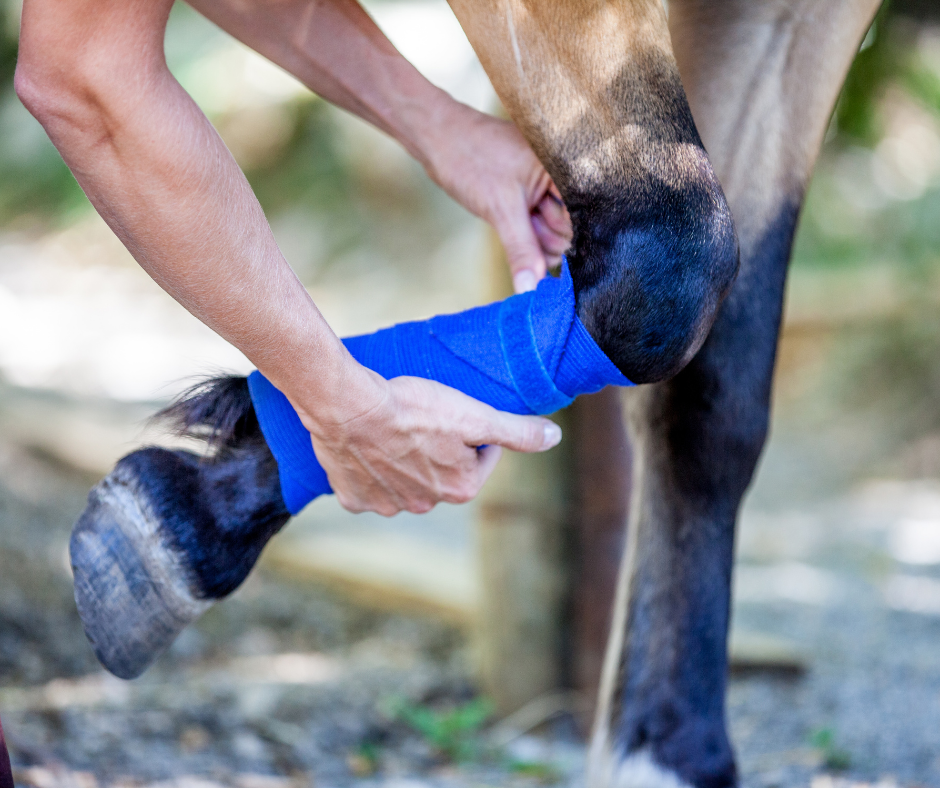
1. TRP (Temperature, Pulse, and Respiration)
The first thing you should do is check the horse’s temperature, pulse, and respiration. A horse’s temperature should be between 37.5 to 38.5°C (99-101°F); the heart rate should be 36 to 40 beats per minute, and should be taking 8 to 15 breaths per minute.
Ensure the horses’ mouth and gums (which should be moist with pink and healthy colours) and gut sounds. Look for dehydration signs by pinching the horse’s skin; it should return to lying flat within a few seconds. If the skin stays pinched up for a long time, your horse could be dehydrated.
2. Monitor your horse’s behaviour and habits
Suppose your horse behaves differently, seeming irritated or isolating themselves, abnormally eating, drinking, urinating, or passing manure differently to a normal rate; these can be warning signs for illness or an injury. Likewise, look out for unusual bumps, bruises, swelling, limping, and stiffness while walking.
Every horse behaves differently; regularly monitoring and recognising these small changes to their behaviour will help you identify issues early so they can be treated quickly.
3. Assess wounds
Minor scrapes and cuts should be appropriately assessed. Use a torch to determine what caused the wound and how deep and severe it is. While you can do the immediate first aid, ensure you contact and get your vet to examine this afterwards.
4. Stopping Bleeding
If you spot bleeding from a wound, apply pressure to stop this. Once the bleeding stops, the wound must be cleaned and bandaged properly. Contact your vet immediately if your wound is large and your horse is bleeding heavily.
If you are unsure, call and consult with your vet about the severity of the wound and what treatments can be used.
5. Keeping an injury treatment chart
For those who keep more than one horse, keeping a treatment chart that records horses’ names, injuries, medications, and injury duration is an excellent way to monitor treatment progress and effectiveness. Treatment chats are especially helpful if you give medications to multiple horses simultaneously.
Communicate with Vets
Preparing a well-stocked first aid kit and being aware of basic equine first aid is essential. It helps you stay prepared when an injury occurs; however, you should always consult your veterinarian for advice, specifically if the injury is serious. Just a quick phone call describing injuries and the symptoms will help you ensure whatever first aid you are performing on your horse is correct and effective.
A veterinarian should immediately examine any abnormal vital signs and symptoms of nervous system problems, urinary system problems, and respiratory and eye problems.
Lastly, before you carry out first aid on your horses or give medications, you must assess the situation carefully. Waiting too long before performing first aid or seeking medical advice can also be harmful, so act promptly. When unsure, seeking advice from a professional veterinarian is the best way forward.
We hope the tips above were helpful. Make sure to share it with your friends and family, so they know the basics of equine first aid and what they can do to ensure they are well-prepared in case of accidents and emergencies!
